From zero experience to 6-digit salary: a play in 8 acts
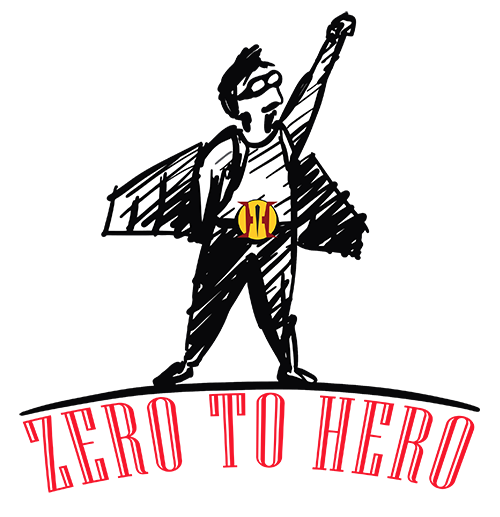
Act One: Sad Prehistory
It began in the summer of 2015 at the damn point. At the time, I was an internship at the ergonomic consultant at an agricultural company (in other words, I filled out all abstruse questionnaires).
I remember sitting at a working computer, opening a Facebook tape for the eighth time in the last hour and thinking: “Great, another batch of photos of my friends who are busy with interesting startups in San Francisco get four times more than I do and drink beer at the expense of the company. "
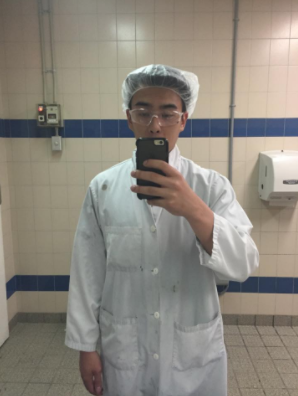
I'm at work. I am glad of the endless possibilities that life gives us.
')
One evening on the way to the gym (and what else to do in this wilderness?) I thought: “It would be great if someone made an application so that you could meet other people.”
I don’t know what found me at that moment, but I was sure that this was a million dollar idea.
Act Two: Hero Appearance
I called my idea Joinmi (with difficulty refusing the option meetup.com). It was a mobile application that would help schedule meetings with friends and strangers (something like SMS, Messenger, Whatsapp, only worse and poorer in terms of functions).
Now it only remained to find a detachment of developers who would realize all of this for me for a share of future profits (I apologize to all those who are now distorted).
In order to better convey the idea, I began to scour the Internet in search of a design tool that would meet my needs. As a result, I created my cool design with the trial version of Moqups .
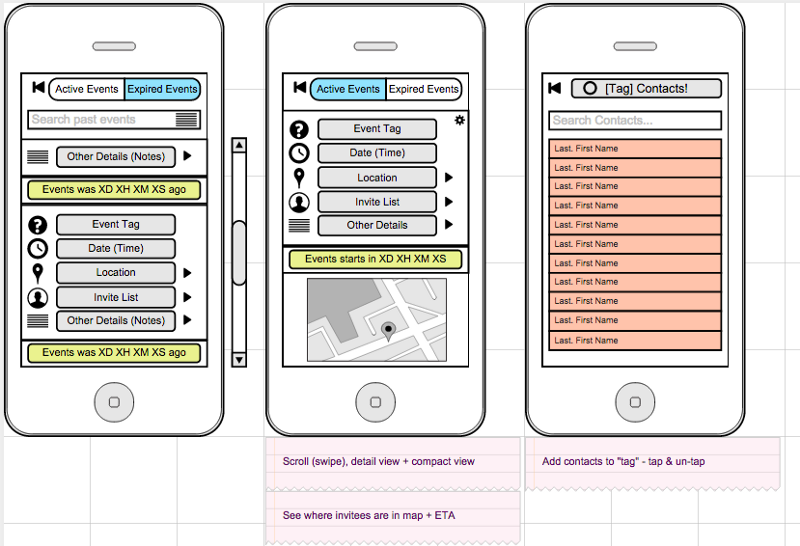
In fact, there was nothing cool about him. Notice how smartly I used the rewind button as a replacement for the back button.
Armed with wireframes, I began to spam all the familiar developers of the list of contacts in turn. "I had a great idea, and I came up with a design just a fire, help to realize, and divide the proceeds in half." Yes, I was one of those.
Strangely enough, for a long time only silence was the answer to me, but in the end one of the friends still took pity on me (thanks, Jay ). He replied: “The idea is interesting, but you need something more substantial than wireframes. Make some mokaps, then we'll see. ”
I googled what programs are best used to create mockups (and at the same time what it is all about). So I got a trial sketch .
In the design of interfaces, I did not understand anything, so I had a very vague idea of mocap in principle. I had to read a few humiliatingly elementary articles in order to find out what the difference between mocaps, wireframes and sketches are .
Nevertheless, working on my project 4-6 hours a day, I managed to bring the first version of Joinmi to mind until the end of the internship.
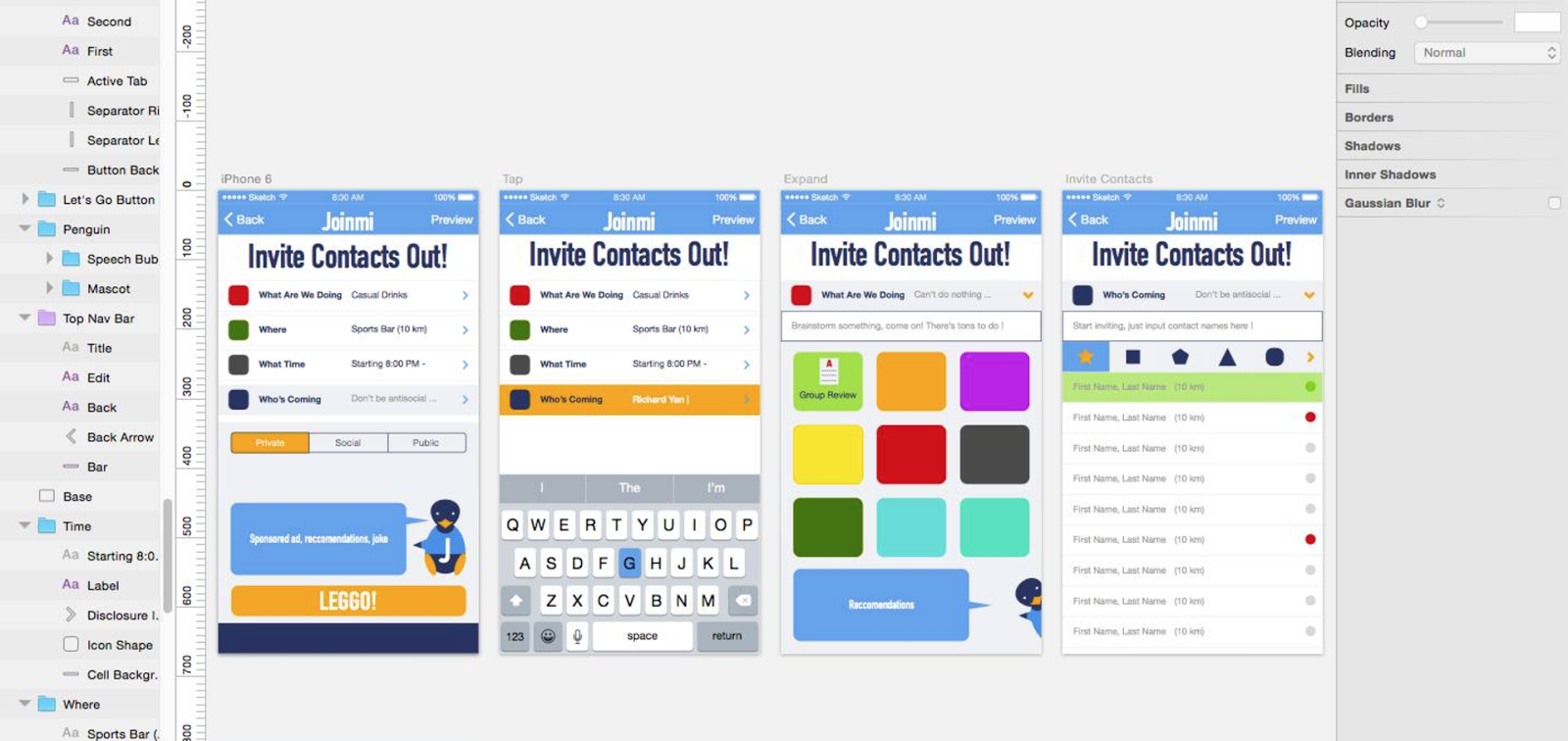
This proves that it is not necessary to have talent to become a designer. Yes, and a sense of color, for that matter.
Act Three: The challenge is thrown.
Let's run a little ahead. The internship was over and I returned to Waterloo to continue my studies. I postponed Joinmi until better times, because I finally realized how difficult it is to release a mobile application. At that time I was a third-year student in a specialty that had no relation to design (kinesiology), which I considered my “vocation”. I always planned to go on the beaten track - to become a doctor and thus make the dream of any Asian parent a reality.

Every Asian child knows ...
Once, looking at available internships for the next semester, I saw that there were several proposals in the field of UX-design (my parents were not thrilled). I remembered how just a few weeks ago I was busy with Sketch with interest, although, of course, my knowledge would not be enough for normal work. Therefore, I decided that it was better not to take risks and stick to proven options; in the field of IT, I still have no chance.
When, until the end of the submission of applications, it remained for about two days, I had another crisis of pre-middle age. Then my girlfriend ( Carol Yao - anyone, take her to the position of developer!) And my close friend Jackie convinced me to send a resume to the position of designer-trainee despite all doubts - I have nothing to lose.

I began to understand Sketch a little better - you can immediately see it by penguins.
I remembered the last few weeks again: how I opened Sketch instead of Steam, how I read articles on design instead of Reddit. And I decided that I still need to try.
Fueled by a nuclear mixture of coffee, lack of sleep and, perhaps, inspiration, I decided to give up on sleeping and let the remaining 48 hours to create a portfolio from scratch.
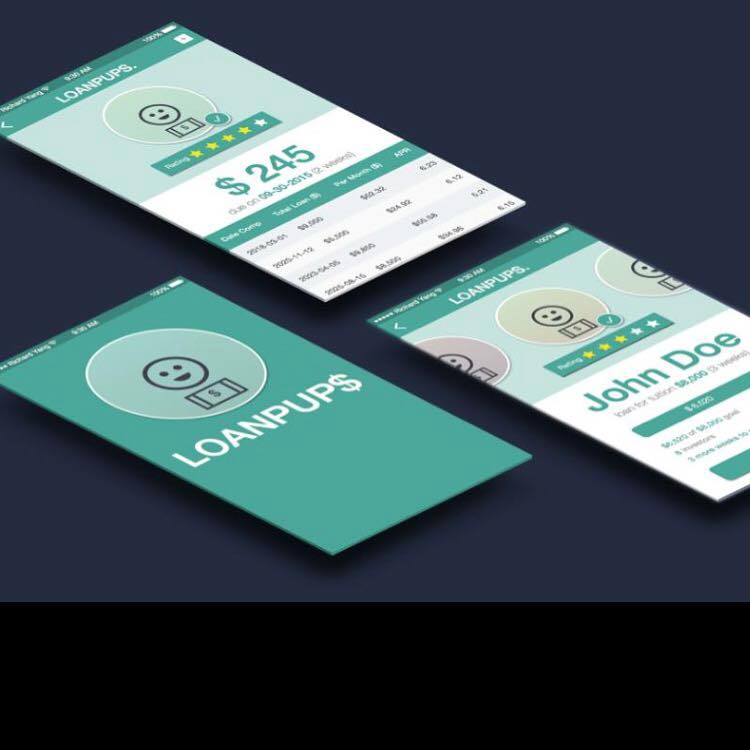
I give a tooth, if you present the design as a 3D layout in isometric, the employer will have a deceptive feeling that he faces a professional
Act Four: My First Big Break
After several weeks of nervous waiting, luck turned to face me, and I somehow received invitations for 9 interviews for the position of an intern designer. Encouraged by freshly acquired self-confidence, I decided to score on all my classes, including optional ones, and devote myself to the preparation for these interviews.
The main points that I highlighted for myself:
- UX Design Definition
- Design process itself
- Common design principles and UX tools such as masks and user flow.
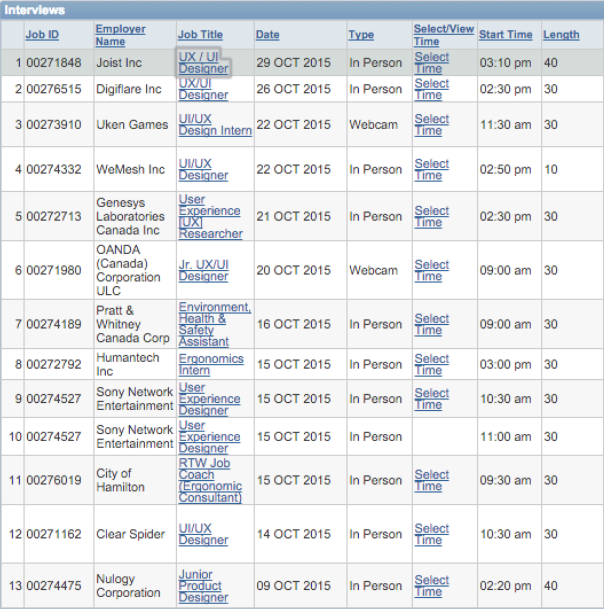
Definitely, 3D models in isometry played a role.
I also had another good habit: now I began to pay special attention to every detail of the interfaces with which I interacted daily. I subjected the design solutions presented in them to a critical analysis and thought about how to correct the shortcomings of this UX.
Without any exaggerations, I then literally avidly read: during classes (on the days when I visited them), while eating, in the toilet, in bed for up to 2 nights every day. I tried to do everything in human power to increase my chances.
A little obsession is an integral part of the recipe for success.
Of course, most companies immediately dropped me off when it turned out that my experience in this area is only 3 weeks. But something unexpected happened during my communication with Sony Network Entertainment.
Jess was interviewing me: he later became my supervisor and teacher. Unlike the specialists of other companies in which I was interviewed, he paid more attention to how I understand the UX, than to my success in visual design.
Despite the fact that my portfolio for the most part looked awful, it gave me the opportunity to do an internship. Apparently, the part of the interview where the design had to be criticized decided (at least, I think so). Also, in some incomprehensible way, with a grief in half, I passed a test of technical skills, although I had to somewhat exaggerate my knowledge in the field of photoshop, calling myself an “experienced user”. I had to start an internship in a couple of months, and I understood that this chance should not be missed.

My skills in working with photoshop at the time (photo from Hersh)
The fifth action: Fighting an imposter syndrome
I spent the next few months continuing to work so hard that even in a dream (of which I fell a little) I continued to read and design. On the day when I had to start my internship, I was so nervous that I circled around the block for a long time and walked around at least ten times before entering the office. The whole first month of work, I was terribly wound up and worried that they could fire me at any moment, as soon as they realized that I had gotten here by mistake. During the first week, my main “project” was tabs for users to compare channels on the PlayStation Vue platform site. Only tables and nothing else. Yes, that's all I did in the first week. Whole one UI element. I even chose colors myself. Here it is.

Chart 8. I was really paid a weekly salary for this.
Honestly, I had a pretty lousy heart, it seemed that I did not bring any good. It made me work even harder, laying out 110% when working with each project. I doubted that I could even integrate into the sphere of design.
I talked to my mom, and we came to an agreement. I can devote a whole year to design, but if I don’t achieve any significant results by the end of this term, I will stop trying and apply for a chiropractic school next year.
Act Six: Hell Labor
Previously, I did not understand what it means to be passionately passionate about something. It always seemed to me that such enthusiasm is a kind of magic fuel that successful people have from birth.
I thought I was passionate about biomechanics. In my view, as in the view of most people, “to get involved in science” meant from time to time to read articles on related topics and to consider several subjects in the curriculum more or less interesting.
Immersed in the world of design, I soon discovered that all this time was wrong. Passion is what you need to discover in yourself. Passion is when you forget about sleep and food and avoid friends, just to carve out a few more hours for design lessons.
How many times did this happen: in the evening some idea occurred to me, I opened the Sketch - and already the next, as it seemed to me, the second alarm bell started at eight in the morning.
I made a very tough schedule for myself. Sticking with it is unhealthy and unrealistic. Do not do this!
- Read 10 articles per day
- Daily create at least one interface screen
- Every weekend go to hackathons
- Work at least 10 hours a day
- Use any opportunity to work out the design.

Probably the tenth iteration of Joinme, which I created on my first hackathon.
I was most benefited by the following:
- I downloaded the Sketch UI kits (started from native on iOS and Android ) and tried to recreate them from scratch;
- Created mockups of popular apps in Sketch by screenshots;
- Found flaws in the design of applications that all use (Yelp, Uber, Facebook), and come up with alternative options;
- Studied cases, for example, user onboard ;
- Took part in the 100 Day UI Challenge .

Stickers give solidity.
I also completed several online courses. Some of them were paid, but since I stopped having fun outside the house, I had a lot of free money.
- Udacity's product design course from Google
- Design + Code by Meng To
- Interaction Design Immersive by Coursera
- Interaction Design Foundation Design Courses
A quick note about hackathons: for beginner designers, this is an invaluable opportunity. They not only teach how to work with other developers (by improving skills such as writing specifications and communication), but also help to get useful contacts.
Friends in the IT field are a good start for the future. You may even be lucky enough to meet a person who someday becomes a co-founder in your own company.
Advice: when you pass on the specifications to developers, do not shout across the room like me - use solutions like Invision and Simpli.
Seventh Act: Minute of Luck
I think my hard work began to notice in the office. My manager began to give me bigger projects, including important new features for the PlayStation Video Android application. It was a relatively complex project - perhaps even too difficult for an intern at that time. So we obviously had to go through a fairly large number of iterations. Each Sketch file was so heavy (over 300 MB) that I had to create new ones so that the program did not hang.

Something like this if you name your sketch files like me.
Design managers, if you are reading this: assigning a project or some part of it to a promising intern, is an unmistakable way to double productivity and job satisfaction.
Realizing the scale of the project, I felt a strong desire to continue working at Sony. I talked to both my manager and the regional director about extending my internship to eight months - and it worked!
While I was getting used to the new order of things, my manager invited me to his office and said that he was going to leave. Although this news saddened me, I was lucky that he had spent a considerable amount of his time, putting my affairs in order (it even reached the creation of the file “Richard’s Life Plan.docx” for the next 12 weeks).
I will outline my position: I was an unknown intern under the guidance of a manager in the Waterloo office, most of the design team was in San Francisco. My manager introduced me to Alicia, chief designer of the PlayStation Video Web & Mobile team. So she became my new mentor and helped me pave the way for my career at Sony.
Working as an isolated intern at the Waterloo office had its advantages. My manager kindly took part in all the meetings for himself, so I had time to focus on developing my design skills. But now, when the situation has changed, I realized that I have the opportunity to become a more valuable link in the team.
The pace of work has changed dramatically. I started receiving more than fifty emails a day, attending three times as many meetings and managed with a lot of administrative tasks. On the other hand, I had a chance to develop my communication skills and learn how to work with a motley team in a wider context.
Communication among designers is a complicated thing. Defending your opinion in an office full of shareholders is pretty hard, especially when you are the lowest in status.
The first time I had to present my design decision to the shareholders, I stumbled a million times and by the end of the meeting sweated all over.
Step Eight: Offer
By the end of my eight-month internship, I had already joined the design team to some extent. The chief designer believed that I was doing a good job with my work, and introduced me to Rina, the senior design manager of PlayStation Video. Rina did a lot to make me feel part of the team, even though I worked remotely, from an office in Waterloo. When my internship officially ended, Rina helped me get a part-time contract so that I could continue working in the next academic semester.
Day after day, I went to work in fragments between five lectures — about twenty hours a week. I noticed that I can no longer concentrate on the classes. Sitting for ten minutes at the lecture was a real torment for me.

Specialty less "in the subject" and difficult to imagine.
Meanwhile, Sony was doing well. I gained enough hours and did all the tasks. At the same time, I began to run several side projects and regularly take orders from freelancing.
I was sure that I wanted to become a designer, and only a designer. But one thought confused me: could I get a full-time job after graduation? I was worried that I was educated in the wrong specialty - this could make me much weaker than other applicants. I already had a conversation with a hiring manager about joining a full-time team, but he didn’t say anything concrete. When I learned that it was necessary to submit a full-time resume in 4-6 months, I was seriously concerned.
Therefore, I acted like any reasonable person: he took and sent out hundreds of resumes in one weekend (doesn’t he recall anything?).
When you are looking for a job, be sure to use all your contacts and send recommendations from anyone you can. Although in my case for some reason, only one of the 12 interviews took place thanks to the recommendation.
This is not to say that these interviews go smoothly. Almost on all hundred offers that I sent, I received refusals. I found a way to motivate myself: attach letters with refusals to the wall as a reminder that you need to work harder. The idea was inspired by the approach to literary skill, which Stephen King described in his work “ How to write books ”.
“The nail in the wall has ceased to withstand the weight of the sheets of failure. Replacing the carnation with a carpenter's crutch, I continued to write. - Stephen King.
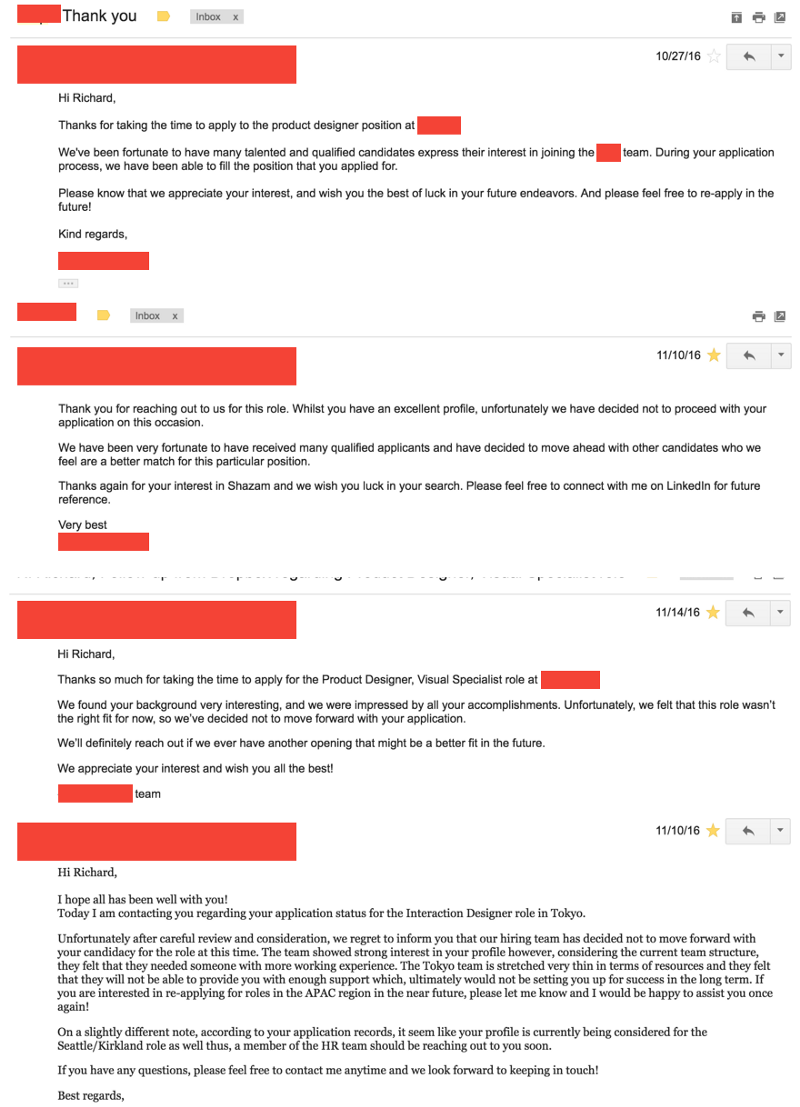
Some of the most characteristic refusal letters.
In the end - after several interviews a week - I received an offer from one of the top startups from Toronto for a salary of 85 thousand dollars, plus stock options.
I was delighted. I just fell from the stone soul. When I came to work the next day, I discussed the call with my supervisor and told her that I planned to accept the offer.
I. Ya. Got it. Sentence. About work. From sony Through. Two. Of the day.
It was difficult to choose between the two options, but in the end I did away with the agony by choosing Sony, because they put so much effort into me, and I fell in love with the team I worked with.
Without being tied to this particular case, I must note that every recent graduate — regardless of whether he has any work experience — should try to discuss the level of his salary. In order to narrow the circle of applicants, it takes a large amount of resource. The company will not cancel its offer if you begin to discuss working conditions. You literally do not lose anything.
I could continue to rant, but Hasiib already said everything, and much better.
The moral of this story is this: try to give all the best you can while completing your internship tasks. If possible, take responsibility in important projects. And keep in stock at least one solid proposal before you begin to discuss your transition to work on an ongoing basis.
If you are just starting to work in the field of design or in any other field, do not think in terms of “it turned out well, considering how much I learned this” - compare yourself with the most advanced people of your age in this area.
Source: https://habr.com/ru/post/321566/
All Articles